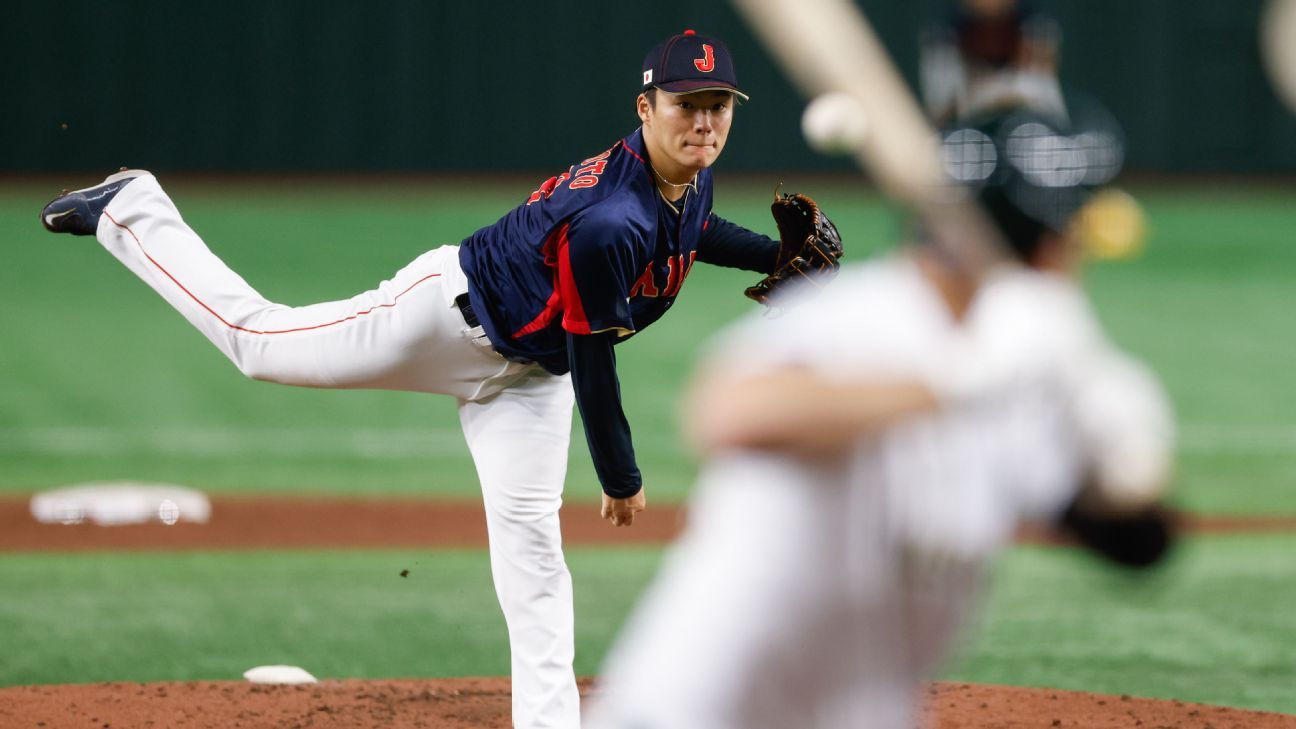Los Angeles
formerly bright nikes
- 23,124
- 4,652
- Joined
- Apr 11, 2004
OH LAWD LOL
Follow along with the video below to see how to install our site as a web app on your home screen.

Note: this_feature_currently_requires_accessing_site_using_safari

Kersh gotta be gone right...

IMO still need a 4th or 5th starter, so far that’s 3 and one of Yarbrough/Sheehan/Grove/Stone. Rather have a lefty round out the rotation.

My girl just told me the news and I just screamed and no s*** pumped my fist so hard I think I pulled a rib

Baseball subreddit is saltier than the Dead SeaLet’s gooo! Gonna pop in to the mlb thread and see what’s happening in there

I too want Kershaw to comeback.
leave on a high note. hopefully a champ.
I don't think Buehler is ready to start the season I believe




Definitely fear he’s Texas boundKersh gotta be gone right...

Love Kersh but at this point I’m lowkey like Clayton Who? LolKersh gotta be gone right...